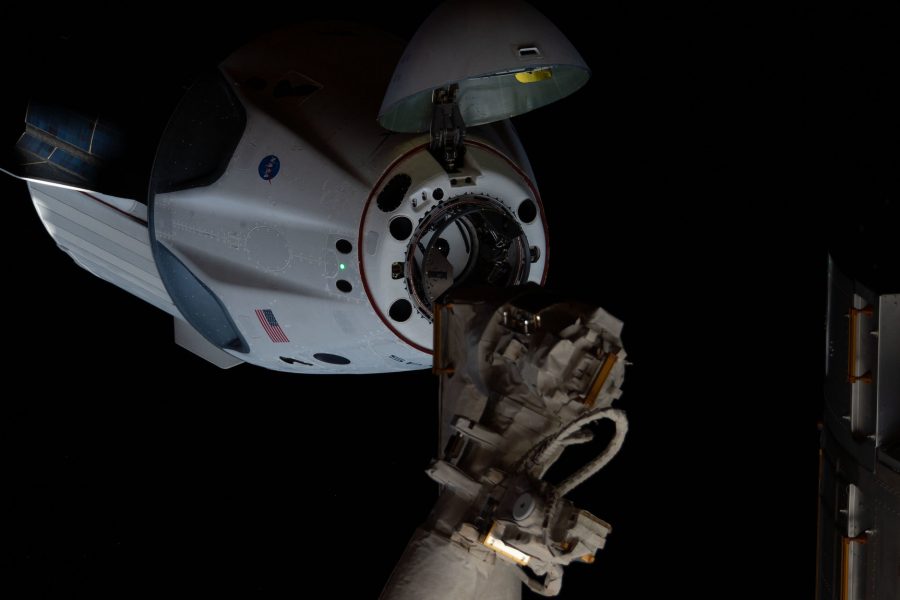A top space operations official outlined how America’s foray into commercial space travel could shape the military’s work, on the heels of SpaceX’s successful Crew Dragon launch to the International Space Station on May 30.
NASA and SpaceX launched two astronauts into orbit from U.S. soil for the first time since 2011, but Maj. Gen. John Shaw, the Space Force’s space operations commander, noted three significant differences from the space shuttle era.
First, the U.S. began its major overhaul of military space bureaucracy in 2019. The Pentagon stood up both the Space Force—a military service that offers people and weapon systems for commanders around the world to use—and U.S. Space Command, the organization that fights and defends space assets using the Space Force’s resources.
That change put Gen. Jay Raymond, who runs both the Space Force and SPACECOM, in charge of military support for human spaceflight, Shaw said. While the Department of the Air Force also handled the bulk of space operations before, a new organizational chart means certain decisions will go through different channels. It also opens up the possibility of helping NASA in new ways.
“We’ve been supporting human spaceflight for decades, even during the shuttle era, and even during the post-shuttle era by providing space domain awareness to the International Space Station,” Shaw said during a June 1 event hosted by SpaceNews. “If there’s a piece of debris on orbit that might be coming close to the [ISS] … we will notify NASA, and occasionally they will make a decision to make an adjustment to the orbit.”
Shaw added that the military offered satellite communications networks so rescue forces could talk more easily, if needed, to help the astronauts. The United Kingdom also helped the U.S. ensure the Dragon spacecraft had a clear path to the ISS, working under a growing slate of international space ops agreements.

Supporting NASA’s commercial crew program isn’t as simple as reverting to how things worked during the space shuttle era.
“We’re not using a shuttle, we’re using a capsule again,” Shaw said of the Dragon spacecraft. “So we really have to go back to 1975 to remember when we were last supporting [a] capsule for personnel recovery operations.”
Capsules require different planning because they can land almost anywhere, creating multiple potential scenarios for military rescue crews, he added. And instead of learning how to recover various capsules over time, from the Mercury program to Gemini to Apollo, service members are now learning about three capsules at once: SpaceX’s Dragon, Boeing’s Starliner, and NASA’s Orion.
Technology is evolving as well. GPS didn’t exist when Airmen were rescuing astronauts in the 1970s, and communications networks are more robust than in previous decades. The Air Force now also owns the C-17, which offers new pararescue options not seen in 1975.
“We’re in a new era of support to human spaceflight,” Shaw said. “We’re very proud to be part of that team supporting NASA.”
What about the Space Force’s own recruitment ads, which show images of people in spacesuits? Don’t get excited about the military getting its own astronauts, Shaw said.
“The United States Space Force is not going to be sending humans into space for national security purposes anytime soon. Maybe a long time from now, we’ll be doing that, but not anytime soon,” he said. “Any images you see in those commercials are meant to evoke an event horizon that transcends any of the boundaries we’re dealing with today, to really inspire our next generation.”
